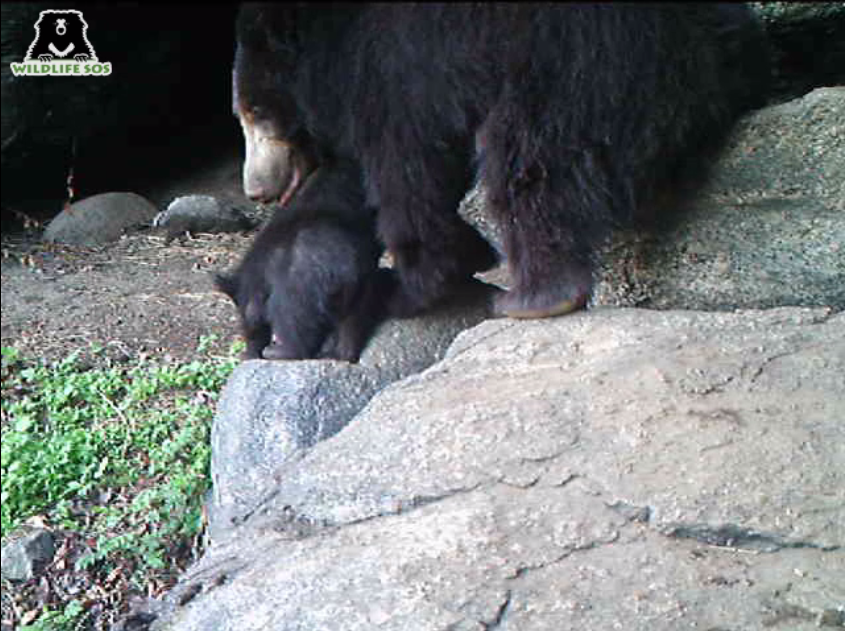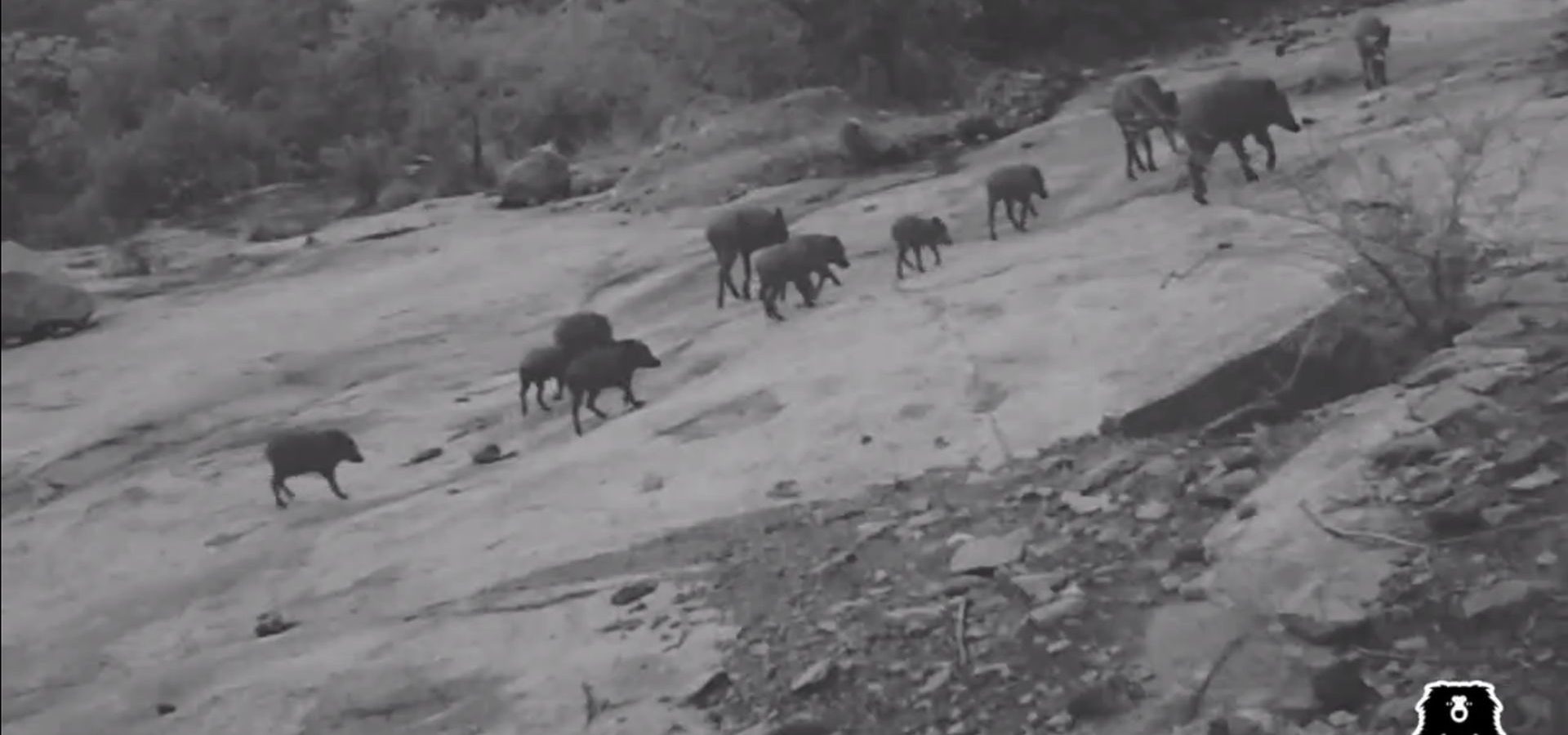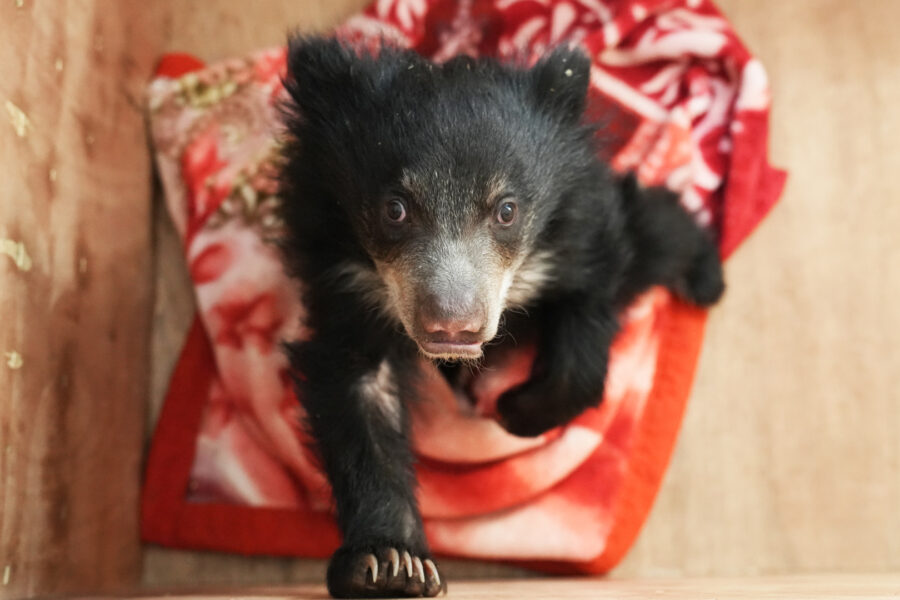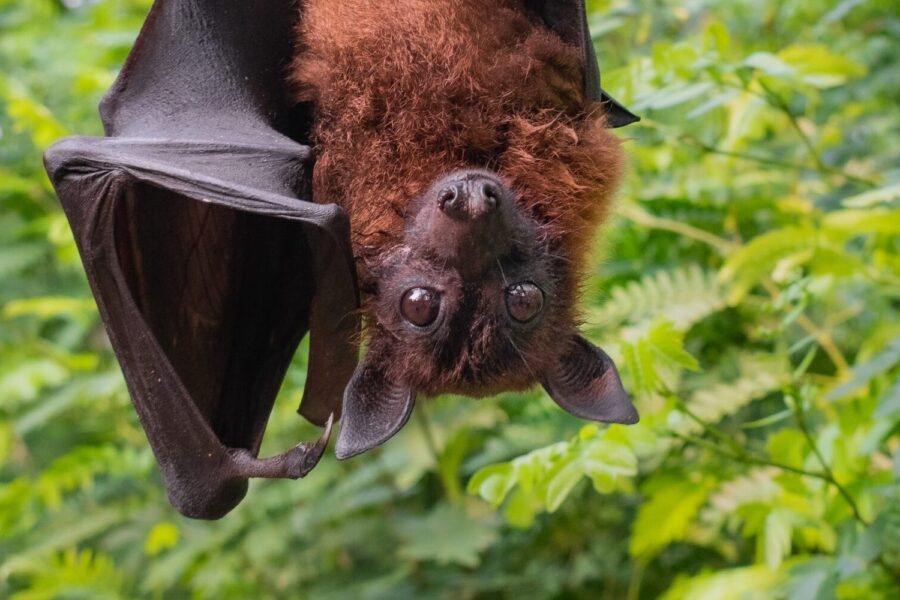Camera trap footage is a very important tool for ecological studies and observation of wildlife in their true form and habitats. The only way to observe and learn more about the numerous species inhabiting the wilderness is to do so without any interference in their territory. In such cases, camera traps come in extremely handy.
Camera traps are innovative conservation tools armed with infrared sensors that take a picture or a video whenever they sense movement in the forest. These remotely installed cameras have helped researchers document the occurrence of species or describe an animal community in a given area. Camera traps have been success in documenting even the most elusive of species. They help in answering new research and management questions, including documenting rare appearances, monitoring populations and to detect poachers.

At Wildlife SOS, we have successfully used camera traps for observing the elusive Sloth bears inhabiting the forests of Southern India, where a dedicated team of veterinarians, field biologists and researchers have been conducting on-ground studies with the help of motion-activated hidden trap cameras. Of the thousands of hours of footage our researchers have collected on our project sight in Ramadurga, Karnataka over many years, they were able to gather a lot of visuals of other species that frequented these areas too.
Here’s some of the most exciting camera trap footage we’ve gathered over time!
This group of Wild Boar mothers can be seen scurrying past the camera with their young. Wild boars rest in shelters, which contain insulating material like spruce branches and dry hay. These resting places are occupied by whole families and are often located in the vicinity of streams, in swamp forests and in tall grass or shrub thickets. Wild boars are often victims of man-animal conflict as their search for food often brings them to farms on the fringes of the forest, which is why camera trap footage comes in very handy when trying to monitor their movement.
Jungle cats are some of the most evasive animals to be observed, either via camera trap or otherwise. In this video, this adult cat was spotted curiously eyeing the camera and deciding whether or not to come say hello! It eventually changes its mind and walks away. The jungle cat is typically diurnal and hunts throughout the day, and this video is captured while it was on the hunt. The behaviour of the jungle cat has not been extensively studied, hence camera trap footage documenting the species is extremely precious.
One of the most common sightings on our camera traps are of leopards. Our footage has indicated that Sloth bear territory very frequently overlaps with leopard territory. This video shows two leopards – one male and one female scouting possible shelters for the night or perhaps tracking prey across the rocky crags. The leopard is the smallest of the big cats, and known for its ability to adapt in a variety of habitats. Due to the use of camera traps and other conservation efforts, leopard population swelled in Karnataka post 2018.
Moving on to the stars of our camera traps, we captured this footage of a sloth bear family. We see a bear cub in the frame who is immediately joined by its mother and sibling. The video shows the heartwarming bond between a mother bear and her cubs. Sloth bear mothers are extremely protective of their young and have been known to fight off full-grown tigers when confronted with the apex predator. They are also the only bear species that carry their cubs on the back! As these sightings are extremely rare, camera trap footage is quite important in observing their habits.
While this footage has helped our field biologists make epic breakthroughs in their research, it has also been an extremely valuable source of information on the many species that inhabit the same territory. Watch more camera trap footage or videos of the animals under our care on our YouTube channel. Read more about our camera trap footage here!





